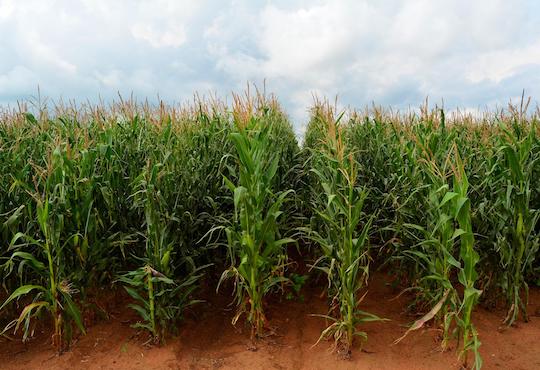Despite having vast amounts of arable land, nutritious indigenous crops and a booming agricultural sector, Africa still imports most of its grain.
The Russian army’s blockade of Ukraine’s Black Sea ports and the ripple effects of Western sanctions against Moscow have raised international food and fuel prices, leaving millions of Africans facing an “unprecedented food emergency” this year, the World Food Programme has said.
Kenya, Somalia, and large parts of Ethiopia are at risk of acute food insecurity, the UN’s Food & Agriculture Organization said this week. In Sahel and West Africa, more than 40 million people could go hungry in 2022, according to the FAO, up from 10.8 million people in 2019.
Even before the Russian invasion in late February, the pandemic and a long period of drought had already hit African economies hard. The war in Ukraine made things critically worse since the continent imported about a third of its wheat from Russia and Ukraine. With food prices skyrocketing in global markets, even those countries not reliant on imports from Russia and Ukraine are suffering.
Over the past decade, Africa’s food import bill has nearly tripled, but its agricultural sector has also been growing steadily. The continent has immense potential for feeding itself, with vast amounts of arable lands. But why is it still dependent on imported grain?
Read full original article With vast arable lands, why is Africa dependent on imported grain? at dw.com
Photo credit: WhiskerFlowers from Pixabay
30 June 2022Original Author: Monir Ghaedi - Detsche Welle

